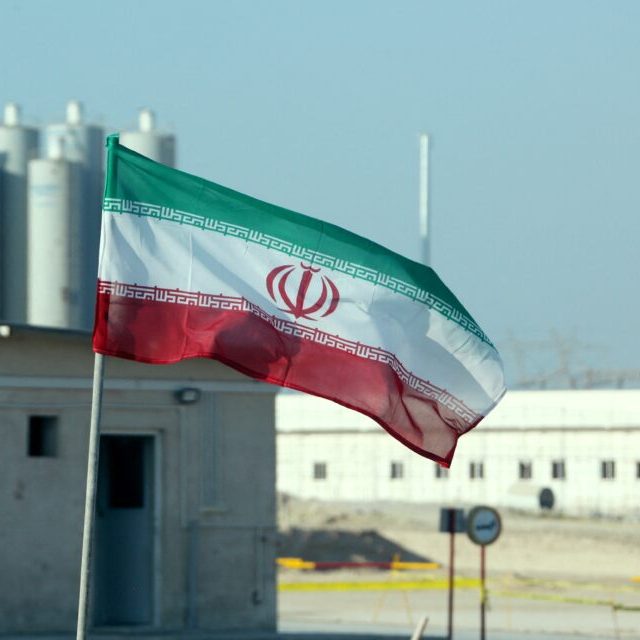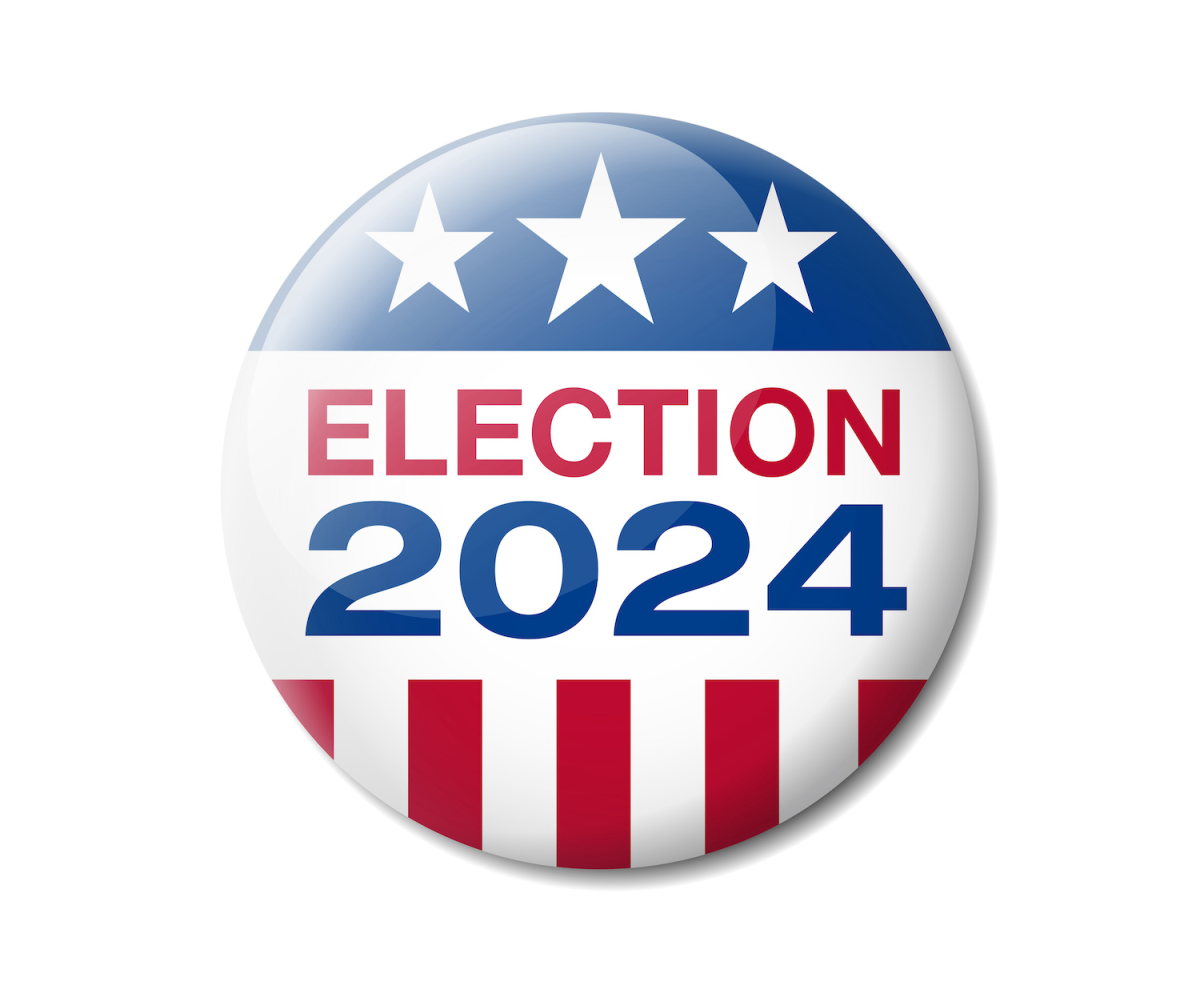Starbucks, the owner of the iconic green aprons, has one of the most successful business stories out there. Starbucks’s story begins in 1971 on the historic streets of Seattle’s Pike Place Market. Founders, Jerry Baldwin, Zev Siegl, and Gordon Bowker, didn’t know how literal the Starbucks name would be when they first opened their shop, specializing in coffee made from beans. This differentiating factor made Starbucks unique, compared to America’s wheat-based coffee at the time. One day, Howard Schultz, former CEO of Starbucks, entered the shop for the first time and came out with a business idea. After convincing the three founders to hire him, he introduced the Latte, which created an instant sensation within the Seattle community. Howard Schultz soon took over the company and was responsible for the Seattle-based brand’s massive success.
But as they say, success isn’t permanent. The Green Apron brand started to see declining stock prices and is now getting tossed out like a poorly made latte. So, what caused the decline of this once untouchable company? The Starbucks business model started to change, to prioritize drive-thru and mobile orders. At the time, this was a smart financial decision as 70% of Starbucks’s profits were online. However, in doing this, Starbucks removed the unique furniture from their stores and left the floor space empty and lifeless. This contrasted to Starbucks at its peak, as that was when Starbucks presented itself as a third-place model, where one could go there between work and home. They shifted away from the Italian-style cafes to a glorified drive-thru. This encouraged customers to have a hard time justifying the premium Starbucks experience, which, until now, allowed Starbucks to get away from addressing its high pricing. Starbucks drinks also got increasingly complicated to make. Starbucks has over 400 million combinations of drinks, and while Starbucks charges extra for these additions and makes $1 billion yearly from the add-ons alone, Starbucks created less room for customer interaction. The understaffed baristas had to pivot to focus on the drinks, not the customer. The company, once known for its high customer service standards, became best known for its high prices and long wait times instead.
But Starbucks can change. If they want to get back into our hearts—and our cup holders—they have to find a way to make their stores more hospitable, treat their workers better, and bring back the creative and delicious drinks they were once known for. After all, they can’t survive on Pumpkin Spice Lattes alone.








